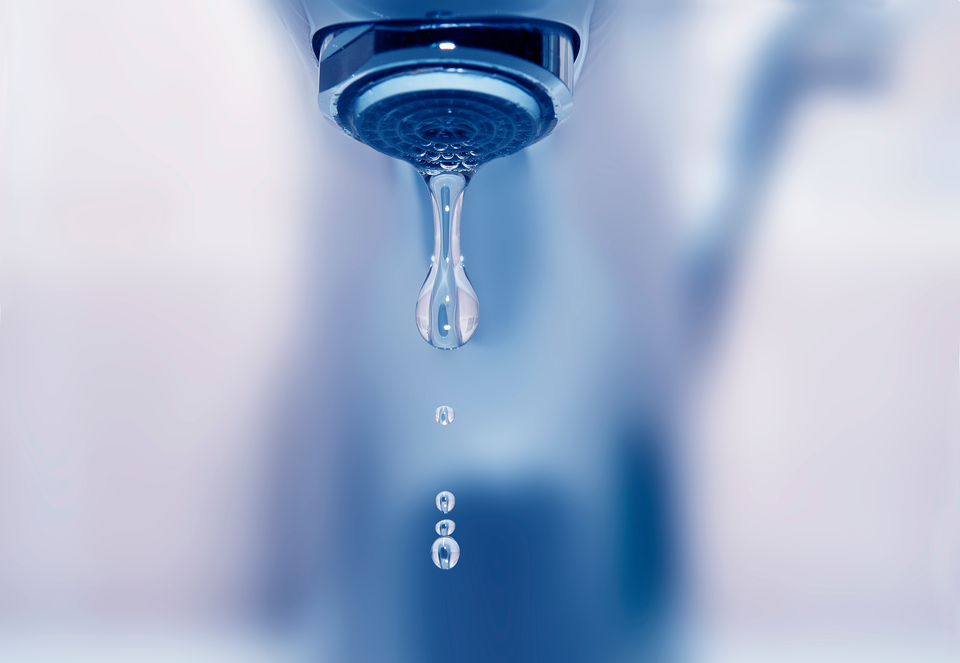FAQ Tightness
There is no such thing as absolute tightness.
Here you will find answers to questions that we are asked particularly frequently on the subject of tightness.
If you have a specific question, please send us an e-mail and we will be happy to help you.
What is tightness?
Tightness refers to the ability of a system or object not to allow unwanted substances, such as gases or liquids, to pass through or escape. A leak-tight system prevents the ingress or egress of substances that are not intended. Tightness is of great importance in various areas of application, including Industrial, food, construction, electronics and medical technology.

There is no such thing as absolute tightness.
All materials have a measurable gas permeability. It is necessary to establish a definition for tightness for the respective areas of application.
A clear example of this is the water tap. It is considered tight if no water outlets. However, if it starts to drip, it is usually categorised as leaking.
However, in some applications, the absence of dripping is not sufficient to assess the tightness.
Here are some examples of tightness:
Open tap 0.1l/s ≈ 1x103 mbar.l/s
Dripping tap ≈ 1x101 mbar.l/s
Watertight ≈ 1x10-3 mbar.l/s
Bacteria-tight ≈ 1x10-5 mbar.l/s
Virus-tight ≈ 1x10-7 mbar.l/s
Gas-tight ≈ 1x10-9 mbar.l/s
Technically tight ≈ 1x10-11 mbar.l/s
A LEAK TEST CHECKS THE FUNCTIONAL TIGHTNESS OF A COMPONENT OR SYSTEMMethods of leak testing
There are various options for detecting a leak, which differ significantly in terms of measurement accuracy, effort and costs. It is therefore advisable to select the test method carefully and with foresight.
We will be happy to help you!
Your contact persons